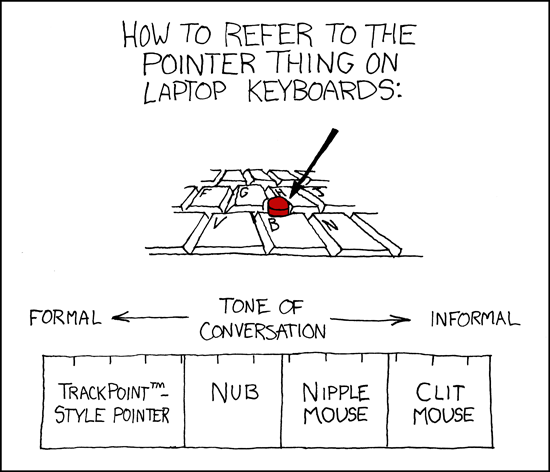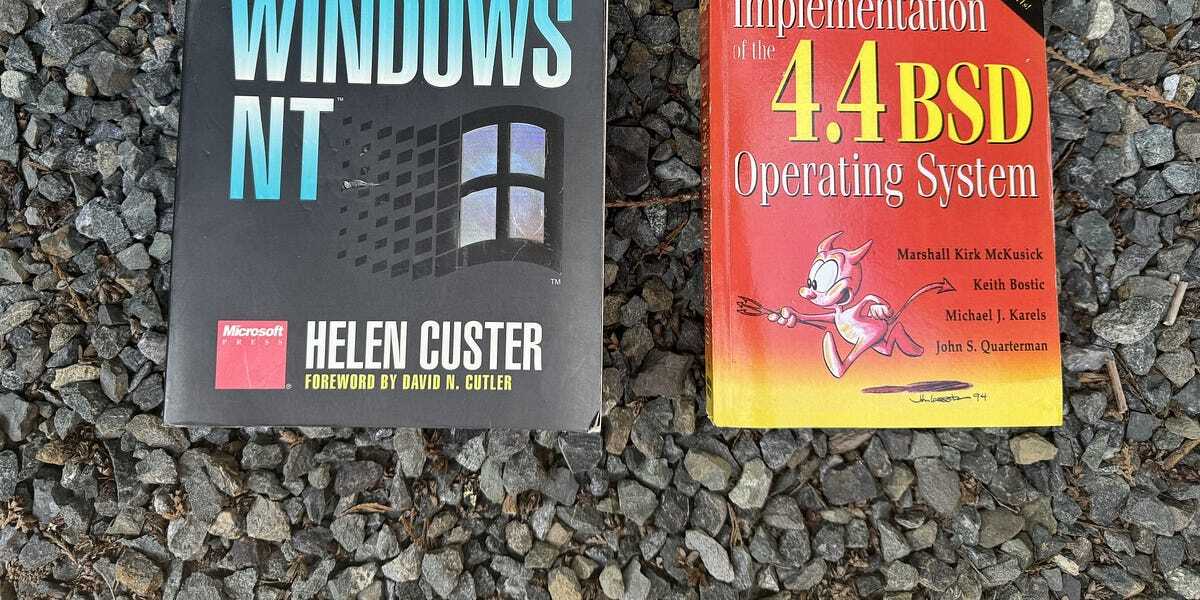- 30 Posts
- 603 Comments

 4·3 days ago
4·3 days agoThe .mobi was a previous post where they bought the expired domain which was previously used by the .mobi WHOIS server.
A bunch of systems apparently didn’t update their WHOIS database and still tried to get WHOIS information from the old domain.
This could lead to RCE in some implementations if they provided a malicious response.
A bunch of CAs also accessed the old domain and use WHOIS to verify domain ownership. By setting their own email address for verification, they could have issued themselves a certificate for any .mobi domain (microsoft.mobi, google.mobi for examle).Now to this article, here they looked at a bunch of webshells with backdoors added by the developers. Some of the domains had expired, so by getting those domains and setting up a webserver they got connections from different systems infected by the malware. They could have used the same backdoor previously used by the devs to access those same systems remotely and do whatever.

 1·6 days ago
1·6 days agoCan’t help you unfortunately, but does this support 4-pin CPU and other motherboard fans? It’s been a while since I last checked, but nothing really seemed to do that a few years ago.
I don’t use Ubuntu personally, but it was great to automate for deployment in a corporate setting.
Yes, Debian has some agnostic unattended install, but writing basically cloud-init is just so much better.

 61·8 days ago
61·8 days agoYour first amendment protects you from the government. It does not protect you from actions taken by companies or other people based on your speech.

 2·12 days ago
2·12 days agoCan you ping server 1 from the subnet router?
Make sure to check if you have a firewall blocking ICMP packets on server 1 or somewhere between.
Maybe run traceroute from both serves and compare the route taken and where it stops.

 136·13 days ago
136·13 days agoSadly we lost that fight to the other centralised platform in Bluesky
Why is this so heavily disliked?

 1·18 days ago
1·18 days agoYes, but that’s what you would need to do and get if everyone had to install an intermediate cert.

 2·19 days ago
2·19 days agoNot really, because the client system is configured to go through the proxy. That proxy will connect to the website and do filtering on the unencrypted content because it is initiating the connection. Next it’ll re-encrypt everything with its own certificate and serve it to the client.
Recently I was driving behind someone and they decided to parallel park. One smooth motion and they were in, like, damn.

 3·20 days ago
3·20 days agoFrom having worked in an enterprise environment, there’s a chunk of websites that break when you intercept their SSL connection.




















The year you know is not absolute to the galaxy. We need a different definition of time.